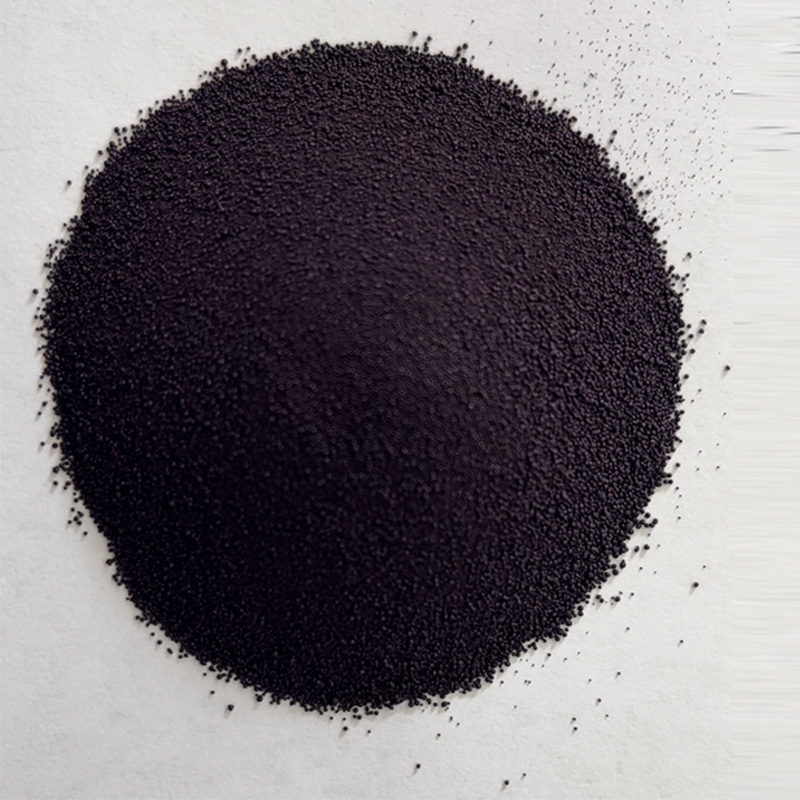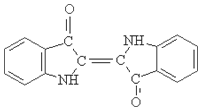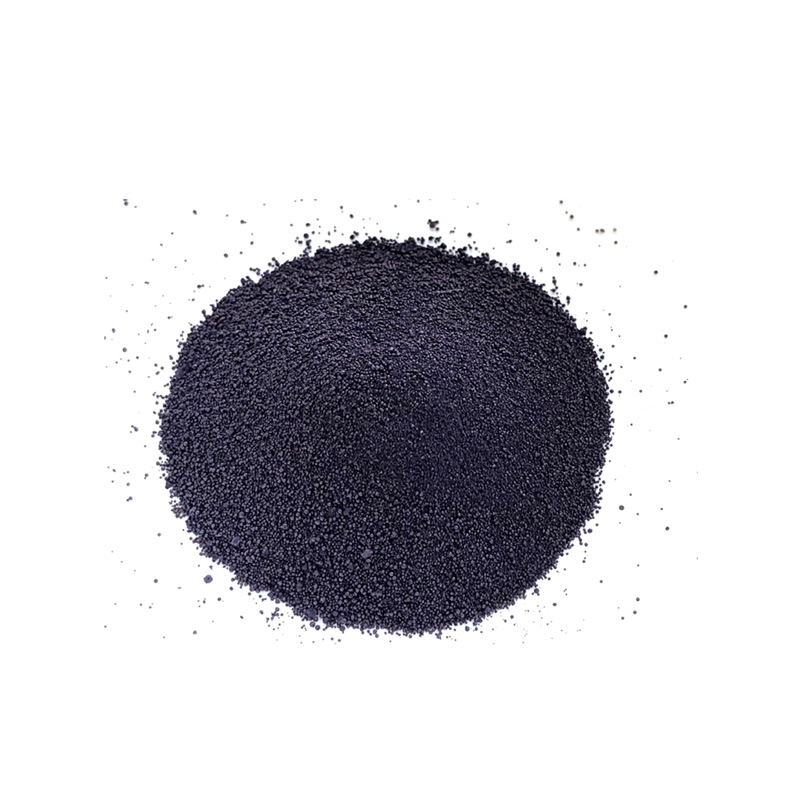Indigo Blue - Wu Xin Chemical | High Purity&Denim Dye
Introduction to Indigo Blue Vat Blue
Indigo Blue Vat Blue, also known as Indigo Blue, is a versatile and historically significant dye that has played a pivotal role in the textile industry for centuries. This deep blue crystalline powder is renowned for its unique chemical properties, making it ideal for dyeing cotton, wool, and silk. As a critical component in the production of denim and blue jeans, Indigo Blue Vat Blue continues to be a staple in both traditional and modern textile manufacturing. This article delves into the product's specifications, applications, and the company behind its production, while also referencing authoritative standards from the National Institute of Standards and Technology (NIST) to ensure quality and reliability.

Product Overview and Key Features
Indigo Blue Vat Blue is a dark blue crystalline powder with a distinct appearance and chemical composition. Its primary use lies in textile dyeing, particularly for cotton yarn, which forms the basis of denim fabric. The dye's ability to withstand processes like stone washing and acid washing makes it a preferred choice in the production of blue jeans. Beyond its aesthetic appeal, Indigo Blue Vat Blue offers exceptional durability and colorfastness, ensuring that dyed fabrics retain their vibrancy even after repeated use and washing.
The chemical formula of Indigo Blue Vat Blue is C16H10N2O2, and it sublimes at temperatures between 390–392°C (734–738°F). Notably, it is insoluble in water, alcohol, and ether but dissolves in solvents like DMSO, chloroform, and concentrated sulfuric acid. These solubility characteristics make it suitable for various industrial applications, including the dyeing of natural fibers and the production of synthetic dyes. The product's purity is maintained at a minimum of 94%, with strict controls on water content (

Technical Specifications and Quality Standards
| Parameter | Specification |
|---|---|
| Appearance | Dark blue even grains |
| Purity | ≥94% |
| Water Content | ≤1% |
| Iron Ion Content | ≤200ppm |
The technical specifications of Indigo Blue Vat Blue align with rigorous quality standards to ensure its effectiveness in industrial applications. These parameters are critical for maintaining the dye's stability and performance. According to NIST guidelines on material standards [1], precise measurements and control of such properties are essential for ensuring consistency and safety in chemical products. The high purity of Indigo Blue Vat Blue minimizes impurities that could affect its solubility or colorfastness, while the low water content prevents degradation during storage and transportation.

Applications and Industry Relevance
Indigo Blue Vat Blue is predominantly used in the textile industry for dyeing cotton, wool, and silk. Its primary application is in the production of denim fabric, which is the foundation of blue jeans. A single pair of jeans typically requires 3–12 grams of the dye, depending on the desired shade and wash effect. The dye's ability to undergo chemical reactions during washing processes, such as stone washing and acid washing, allows for the creation of unique textures and fading patterns, making it a favorite among denim manufacturers.
While denim production is the most well-known use of Indigo Blue Vat Blue, the dye is also employed in smaller quantities for wool and silk. Its versatility extends to other industries, including the production of synthetic dyes and pigments. The dye's insolubility in water and its ability to form stable complexes with fibers make it an ideal choice for applications requiring long-term color retention. According to NIST research on textile materials [2], the chemical stability of dyes like Indigo Blue Vat Blue is crucial for ensuring compliance with safety and performance standards.
Packaging, Storage, and Transportation
Proper packaging, storage, and transportation are essential for maintaining the quality of Indigo Blue Vat Blue. The product is available in various packaging options, including 20kg cartons, 25kg bags, and 500–550kg bags, with quantities optimized for container111ized shipping. For example, a 20'GP container111 can hold 9 metric tons (without pallets) or 12 metric tons (with pallets), while a 40'HQ container111 accommodates 18 metric tons (with pallets) or 20–22 metric tons (without pallets). These specifications ensure efficient logistics and cost-effective distribution.
Storage requirements for Indigo Blue Vat Blue include a cool, dry, and well-ventilated warehouse with a temperature below 25°C and relative humidity below 75%. The packaging must be sealed to prevent moisture absorption, which can lead to oxidation and degradation. During transportation, the dye should be protected from sunlight, rain, and high temperatures, and it must be stored away from fire sources, heat, and incompatible substances like acids, alkalis, and strong oxidants. These precautions are critical for maintaining the product's integrity and ensuring safe handling.
Company Background and Commitment to Quality
Indigo Blue Vat Blue is produced by Anping County Wu Xin Chemical Dye Co., Ltd., a reputable manufacturer specializing in high-quality dyes and chemical products. The company's English name, INNER MONGOLIA WU XIN CHEMICAL CO. LTD, reflects its commitment to international standards and global market demands. With a focus on innovation and precision, the company adheres to strict quality control measures to ensure that its products meet the highest industry benchmarks.
The company's expertise in chemical manufacturing is complemented by its dedication to sustainability and safety. By following rigorous protocols for storage, transportation, and packaging, Anping County Wu Xin Chemical Dye Co., Ltd. ensures that Indigo Blue Vat Blue remains a reliable and consistent product for global customers. The company's services extend beyond manufacturing, offering technical support and tailored solutions to meet the diverse needs of the textile industry.
Conclusion: The Enduring Legacy of Indigo Blue Vat Blue
Indigo Blue Vat Blue remains an indispensable component of the textile industry, blending historical significance with modern technological advancements. Its unique chemical properties, coupled with stringent quality standards, make it a preferred choice for dyeing natural fibers and producing durable, vibrant fabrics. As the demand for sustainable and high-performance materials continues to grow, Indigo Blue Vat Blue stands as a testament to the intersection of tradition and innovation.
For further information on Indigo Blue Vat Blue, its applications, or the services offered by Anping County Wu Xin Chemical Dye Co., Ltd., visit the official website. The product's compliance with NIST standards underscores its reliability, ensuring that it meets the exacting demands of global manufacturers and consumers.
References
[1] National Institute of Standards and Technology (NIST). "Standards and Measurements." Retrieved from https://www.nist.gov.
[2] National Institute of Standards and Technology (NIST). "Textile Materials Research." Retrieved from https://www.nist.gov.
-
Explore Sustainable Indigo Manufacturing & Dye Industry Trends | Wuxin Indigo
NewsNov.24,2025
-
Discover Indigo On: Innovative Modular Solutions for Global Sustainability
NewsNov.24,2025
-
Explore Traditional & Sustainable Indigo Production in India | Eco-Friendly Dye Solutions
NewsNov.23,2025
-
Indigo Suppliers: Sustainable Dyeing Solutions for Global Textile Industry
NewsNov.23,2025
-
Instant Indigo – Fast, Eco-Friendly Indigo Dye Solutions for Modern Industry
NewsNov.22,2025
-
Japanese Indigo Cloth – Sustainable Tradition Meets Modern Textile Innovation
NewsNov.22,2025
-
Comprehensive Guide to How to Make Blue Dye – Sustainable & Practical Insights
NewsNov.22,2025

Sulphur Black
1.Name: sulphur black; Sulfur Black; Sulphur Black 1;
2.Structure formula:
3.Molecule formula: C6H4N2O5
4.CAS No.: 1326-82-5
5.HS code: 32041911
6.Product specification:Appearance:black phosphorus flakes; black liquid

Bromo Indigo; Vat Bromo-Indigo; C.I.Vat Blue 5
1.Name: Bromo indigo; Vat bromo-indigo; C.I.Vat blue 5;
2.Structure formula:
3.Molecule formula: C16H6Br4N2O2
4.CAS No.: 2475-31-2
5.HS code: 3204151000 6.Major usage and instruction: Be mainly used to dye cotton fabrics.

Indigo Blue Vat Blue
1.Name: indigo blue,vat blue 1,
2.Structure formula:
3.Molecule formula: C16H10N2O2
4.. CAS No.: 482-89-3
5.Molecule weight: 262.62
6.HS code: 3204151000
7.Major usage and instruction: Be mainly used to dye cotton fabrics.

